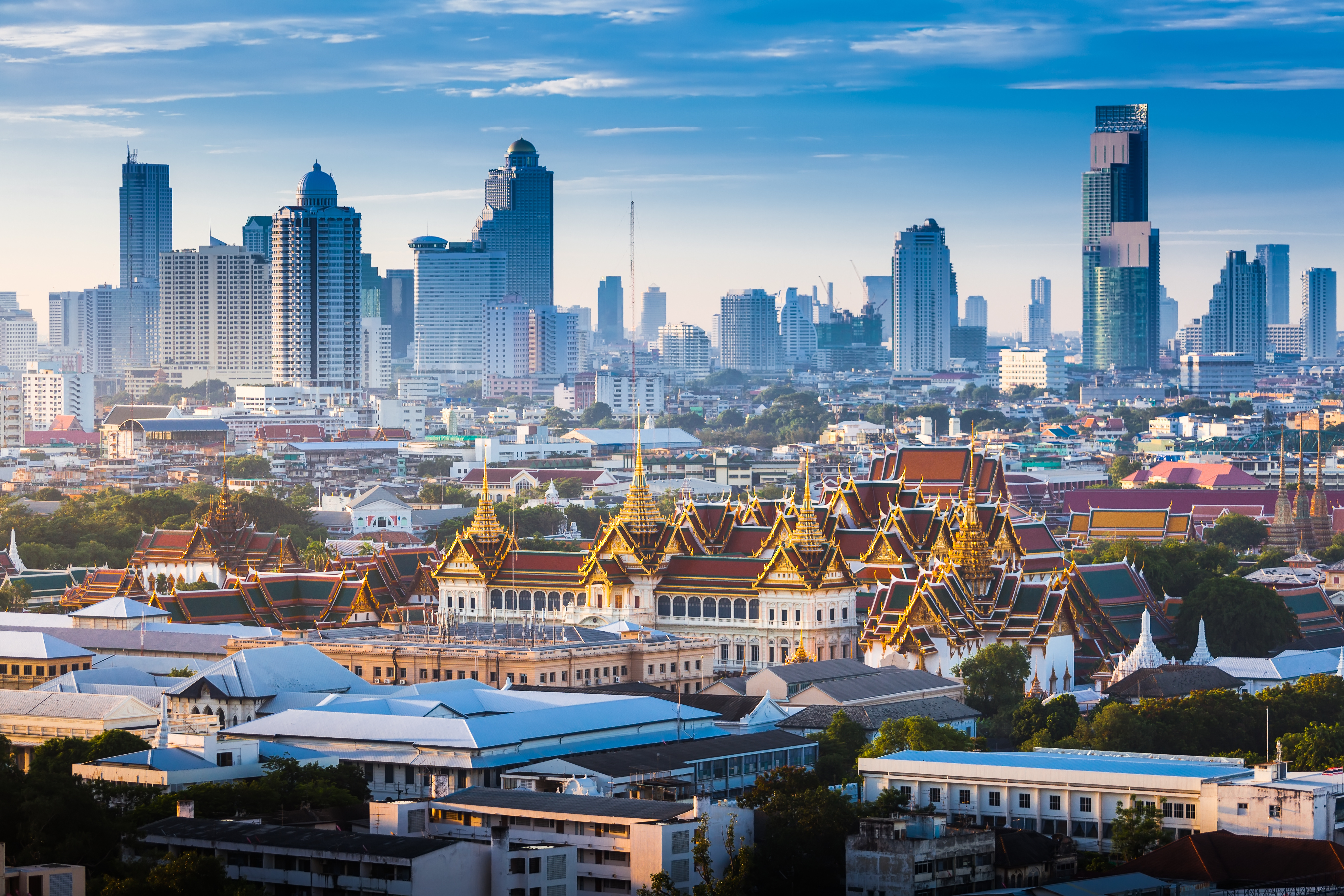
BANGKOK, Thailand — With Bangkok gearing up for its annual midsummer surge of international vacationers, the U.S. Department of State quietly tightened the screws on travel guidance for Thailand, placing the Southeast Asian nation on a Level 2 “Exercise Increased Caution” footing while designating swaths of the Thai-Cambodian frontier off-limits at Level 4, the department’s most severe warning.
Why the Thailand travel advisory was upgraded
In a notice dated July 25, 2025, the State Department urged Americans to “exercise increased caution in Thailand due to the risk of unrest,” the advisory said in its July 25 update. Officials pointed to two distinct security threats:
- Long-running insurgency activity in Thailand’s three southernmost provinces—Yala, Pattani, and Narathiwat—where seventeen districts remain under an official state of emergency.
- An abrupt escalation of armed conflict along the Cambodian border, prompting a Level 4 “Do Not Travel” ban within a 50-kilometer (31-mile) buffer inside four Thai provinces: Buriram, Sisaket, Surin, and Ubon Ratchathani.
State Department analysts warned that the U.S. Embassy and consulates “have limited ability to provide emergency services” inside those exclusion zones, a declaration that effectively leaves travelers on their own should fighting intensify.
What is happening on the Thai-Cambodian border?
Artillery duels and rocket fire erupted on July 24, 2025, in the worst bout of cross-border violence in more than a decade. At the heart of the dispute is the centuries-old ownership quarrel over the temples of Preah Vihear and Prasat Ta Muen Thom, sacred sites perched on a forested escarpment both nations claim. Key flash points and figures:
- Clashes had spread to at least twelve separate areas by July 27.
- Official tallies listed thirty-eight dead or injured soldiers on the two sides and more than 300,000 civilians displaced.
- A cease-fire was brokered on July 28, though Thai and Cambodian commanders concede that “tensions remain high.”
Inside Thailand, the flare-up added domestic political strain. Former Prime Minister Paetongtarn Shinawatra was suspended on July 1, shortly after a leaked June phone call with Cambodian Senate President Hun Sen raised questions about her loyalty. Transport czar Suriya Juangroongruangkit is currently acting prime minister while an ethics probe unfolds.
How the advisory affects popular Thai destinations
The new security posture does not directly impact classic tourist circuits—Bangkok, Chiang Mai, Chiang Rai, Phuket, Krabi, and most southern islands sit well outside the 50-kilometer boundary. Airports, highways, and rail lines are operating normally across the country, and Thai government tourism officials continue to welcome foreigners. Local expats active on social media report that day-to-day life in Bangkok and Phuket remains “business as usual,” but they warn that rumors on closed chat groups can change faster than official bulletins. On the island of Koh Chang, 100 miles from the Cambodian line, some hoteliers describe a rare midsummer lull—one resort manager wrote on July 26 that it is “probably the best time to visit” thanks to thinner crowds and discounted rates.
Practical advice for U.S. travelers
1. Enroll in STEP
Signing up for the Smart Traveler Enrollment Program (STEP) ensures that mobile alerts from the U.S. Embassy arrive in real time should borders close or evacuations be ordered.
2. Review evacuation options
Because the U.S. government disclaims rescue capacity in conflict-hit districts, travelers should map multiple exit routes—road, rail, and air—before venturing near the border.
3. Verify hotel and tour policies
If your itinerary includes Buriram, Sisaket, Surin, or Ubon Ratchathani, confirm cancellation clauses in writing. Some boutique lodges are waiving change fees for guests wary of Level 4 restrictions.
4. Monitor local media
English-language outlets such as the Bangkok Post and The Nation provide daily frontline updates, and provincial governors often post advisories on verified Facebook pages.
5. Keep copies of key documents
Carry printouts and cloud backups of your passport, visa, medical insurance, and onward tickets. Border checkpoints can impose sudden ID inspections.
Is Thailand still worth visiting in 2025?
For travelers who steer clear of the conflict-affected south and eastern edge, Thailand’s magnetic mix of street food, gilded temples, and secluded beaches continues undiminished mainly. July through September coincides with the rainy “green” season, when accommodation prices dip and waterfalls surge. Chiang Mai’s mountain retreats remain popular for digital nomads, while Phuket’s west-coast surf draws longboarders riding shoulder-high monsoon swells. Tour operators have not reported mass cancellations. Instead, many are tweaking routes—swapping Isaan-area homestays for additional nights in Ayutthaya or Kanchanaburi. Air connections into Suvarnabhumi and Don Mueang airports remain plentiful, and budget carriers are still advertising sub-$50 one-way fares between Bangkok and the southern islands.
The revised U.S. Thailand travel advisory is less a blanket red flag than a targeted caution. Outside of the border flashpoints and the insurgency-prone Deep South, Thailand continues to function as one of Asia’s most visitor-friendly countries, with hospitals, airports, and police accustomed to assisting foreigners. Travelers who stay informed, register with STEP and avoid the Level 4 exclusion zone can still enjoy the Land of Smiles—just with a heightened sense of situational awareness. In a statement, the State Department urged Americans who do choose to visit to “maintain a high level of awareness of your surroundings” and keep contingency plans up to date. — as the State Department said in its July 25 advisory.


